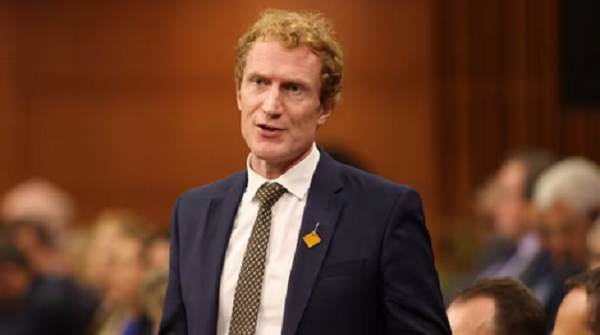Rule change: Canadian universities to lose 45% of their international students’ enrolment
Canadian universities are expected to see international student enrolment dropping by at least 45 per cent from last year, a more drastic decline than the 35 per cent intended cut in study permit applications announced by the federal government earlier this year.
Although the measures introduced by Ottawa were meant primarily to rein in the runaway growth of study permit holders in the college sector, Universities Canada said the early numbers from its members don’t even come close to the targeted ceiling.
With Ottawa’s consultation underway to set its 2025 immigration levels, including targets for international students, the advocacy group representing 97 universities across Canada is pleading with the government not to impose further cuts to study permit quotas or make additional changes to the rules of the post-graduation work permits.
“The system is really just hanging on,” Universities Canada president and CEO Gabriel Miller said in an interview Thursday. “If it takes another blow in the next few weeks, it could be fatal.”
Universities have steadily grown international student numbers by an average of 10 per cent year over year, reaching a total international enrolment of 255,184 in 2023 and accounting for about one-quarter of all study permit holders in the country.
Facing public pushback over high levels of immigration and criticism over the impact on affordable housing, the federal government has been under tremendous pressure to restrict the number of temporary residents in Canada, and international students and postgraduation work permit holders make up a chunk of that population.
Earlier this year, Ottawa introduced a two-year cap on the number of study permit applications officials would accept into processing, with the hope of reducing the number of students in 2024 by 35 per cent.
International enrolment in elementary and secondary schools as well as in postgraduate studies are exempted from the cap.
Miller said these changes have since created a lot of confusion and uncertainty surrounding the rules for studying in Canada, which resulted in the nosedive in enrolment.
“They’re considering further revisions to work permits. They may even consider other adjustments to the cap,” he said. “Our message is anything else that sends a message of uncertainty to the global (international education) market is only going to reinforce the feeling that Canada is closed for business.”
A federal election and change of government could throw the international education system into further chaos.
Conservative Leader Pierre Poilievre has said his government, if elected, would slow the population growth and tie immigration levels to housing starts.
“No party would have a credible plan for our economy that doesn’t include attracting talented newcomers to Canada,” said Miller. “When Mr. Poilievre says bringing folks in is going to depend on us having the housing and infrastructure in place to accommodate them — great.
“The question is: where’s the plan to do it and how can we help? What isn’t an option, if we want Canada prosper, is to just close the doors to the best and brightest. The solution is not just throw up walls and close doors.”
The current broad cap is affecting good actors as much as the bad actors in the post-secondary education sector, said Miller, adding that right now universities are looking at every solution to find cost efficiencies to make up the huge revenue losses. International tuition fees are generally three to four times above what domestic students pay.
“Ultimately, if governments continue to make decisions that undermine our universities, the only way to pay for it is by having bigger classes, fewer researchers, and compromising the quality of our educational system,” he warned. “And that ends up being a real hit on students.”
Miller said students have to be on campus and register by Day 10 of the academic calendar to confirm registration, and universities’ actual international enrolment data won’t be out until October.
This article was first reported by The Star













